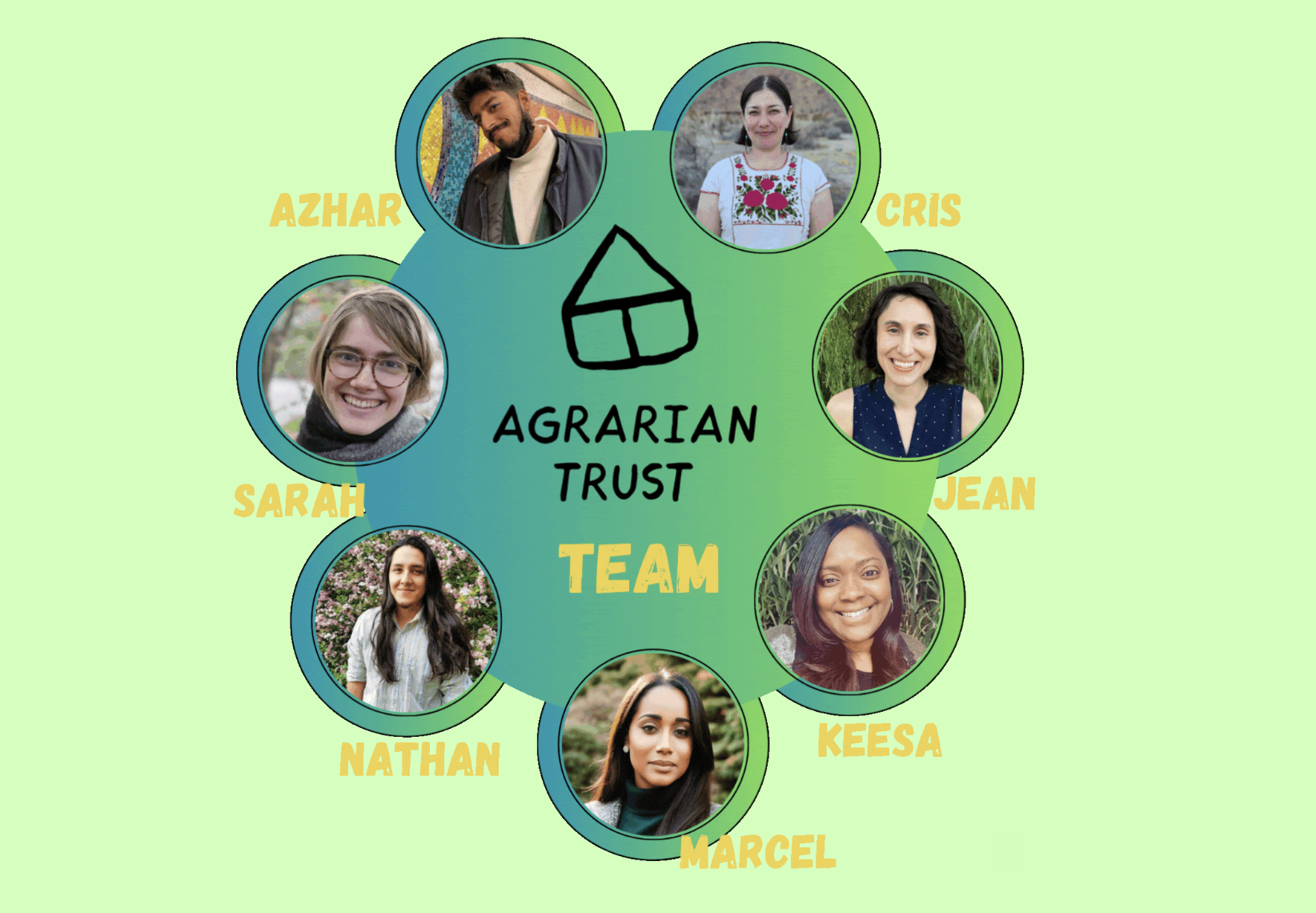Some farm stories don’t offer an exact recipe for success, they just list the ingredients. Arguably most, says Tracy Potter-Fins of County Rail Farm in Dixon, MT.
Tracy started County Rail with Margaret DeBona in 2011 shortly after relocating to Montana from New York, where they met. “Most (of the land access stories) around here stem from intrapersonal connection,” Margaret pointed out.
Their own story was a lucky personal connection. Tracy was visiting an old friend who told her about the property. Not knowing whether the land would be available or how much it would cost, Margaret and Tracy decided to pursue this tip and contacted the landowner, Steve Dagger. It turned out to be a good gamble.
Steve’s wife, Jane Kile had been a part of the beginnings of Montana’s local agriculture movement. Jane started one of the first CSAs in Montana in 1983, Dixon Partnership Farm, when the Community Supported Agriculture model was just beginning to surface nationwide. The CSA was on the same land where Margaret and Tracy farm today, lovingly named Pommes de Terres Acres. Jane and Steve helped found The Western Montana Growers Cooperative in 2003. This initiative organized the agricultural products of the area, allowing small farms to sell directly to one source, who in turn market to restaurants, grocery stores and farm-to-school projects.
Western Montana lost Jane to cancer in January of 2010. After her passing, Steve wanted to preserve her vision of providing fresh food to the local community. He continued to use part of the property, but was looking for a farmer (or two) to continue the Pommes de Terres legacy.
The lease agreement Margaret and Tracy have with Steve is what could be called a dream scenario. Margaret says she’s shy to tell people about it. “I’m afraid they’ll get jealous,” she jokes.
The monthly rent on the property is $550. This includes: Housing, Rental of the 3 acres they have tilled, in addition to some pasture and Use of all Equipment and Structures (barn, tractors, hoses, drip tape, etc.)
The duo say they figure that the cost is a little less than what they would pay for maintenance and upkeep if they owned the property.
In this way, Steve is much like an unofficial land trust. His profit is not tangible, but perhaps more profitable than any sum of money.
“He’s interested in the integrity of the land,” said Tracy. “He just wants people around who are going to take care of it.”
Even with this lucky land access scenario, Margaret and Tracy do not own the land. Although they feel secure in their situation, they highlight that other farmers in similar situations worry about the security of leasing. Their current lease is only for three years. They are currently in the second year of this lease.
Moving somewhere else would be a big game changer, Margaret admitted. “To get to the place with the land where we are now somewhere else would take 20 good years of our time. It just doesn’t make sense,” added Tracy.
This story is a strong reminder of why transferring land from retiring farmers to new farmers is so crucial. Keeping the land in production, paying attention to soil health, properly rotating crops, cover cropping . . . so that it can continue to produce fresh healthy food. Farming is cumulative. That’s why it’s so important to support the soil-friendly growers that are producing food now, and also to cultivate a relationship with the next generation, ready to grow.
What it also highlights, is although not everyone has a Steve Dagger in their neighborhood, there are similar opportunities in every neighborhood. If you’re looking for a place to plant some seeds, look around, ask around, knock on doors. Keep one ear to the wind, and follow those tips.
Some resources for Montana Farmers:
Western Montana Growers Cooperative
Montana Beginning Farmer and Rancher Loans
bwerley 4/10/13







